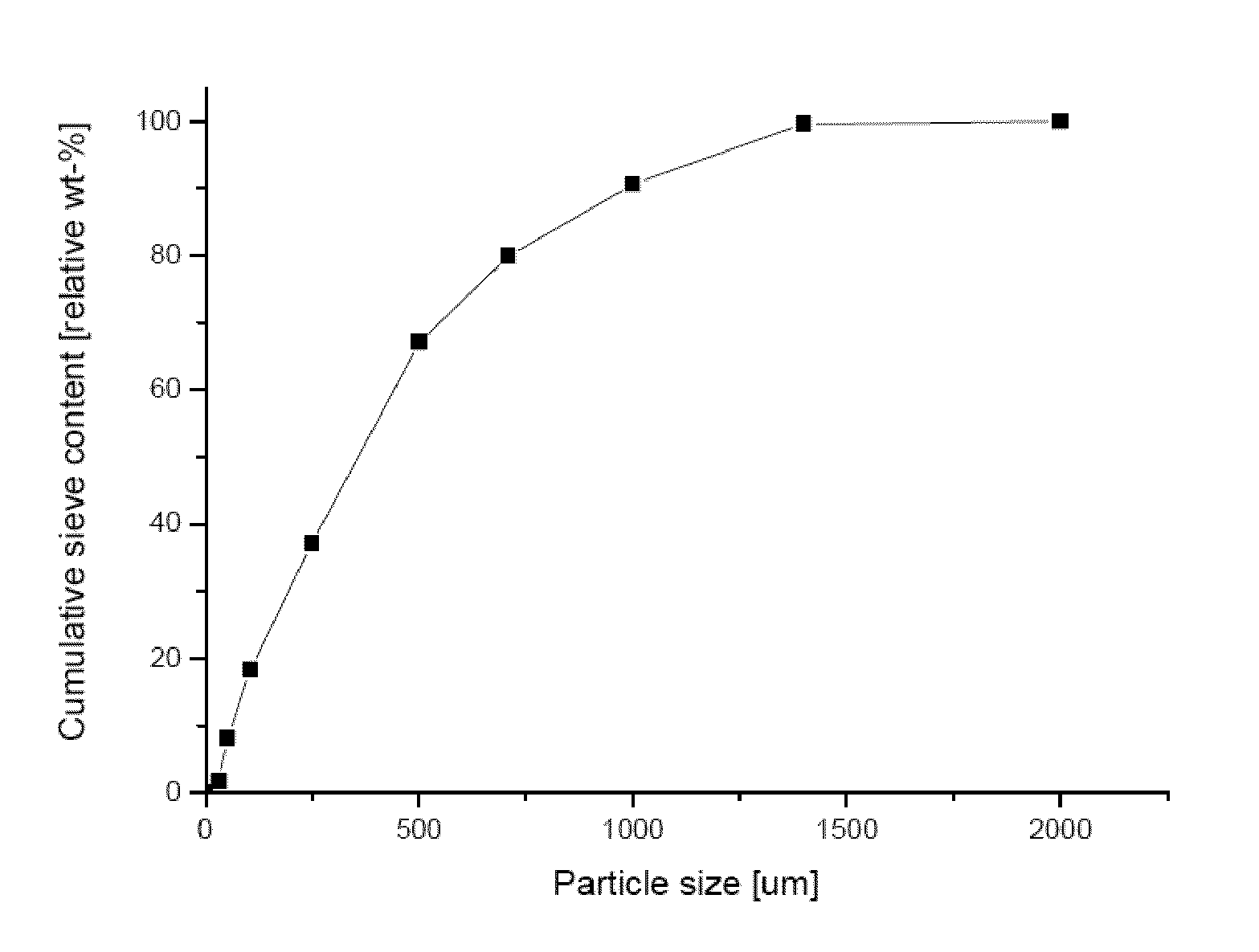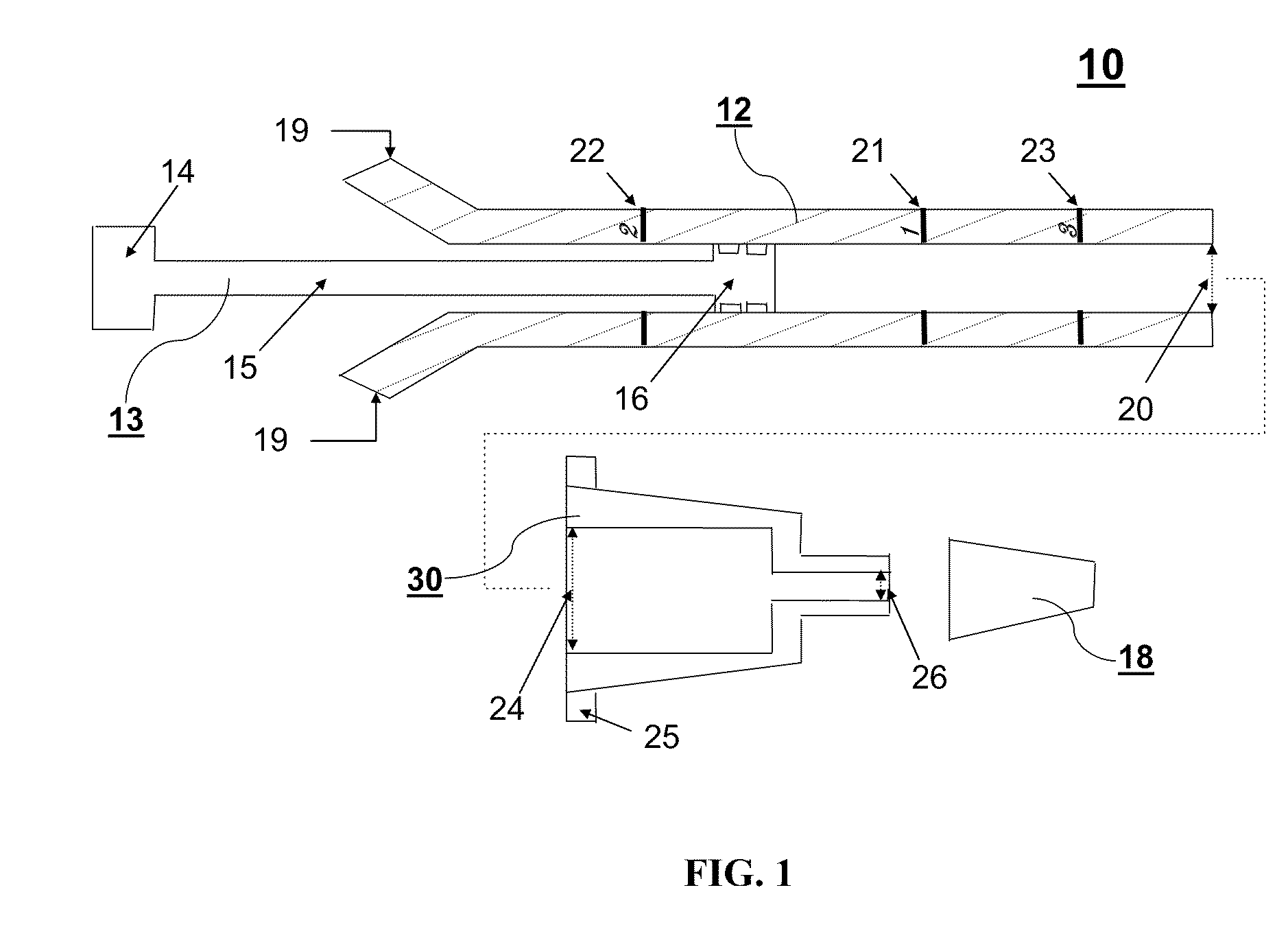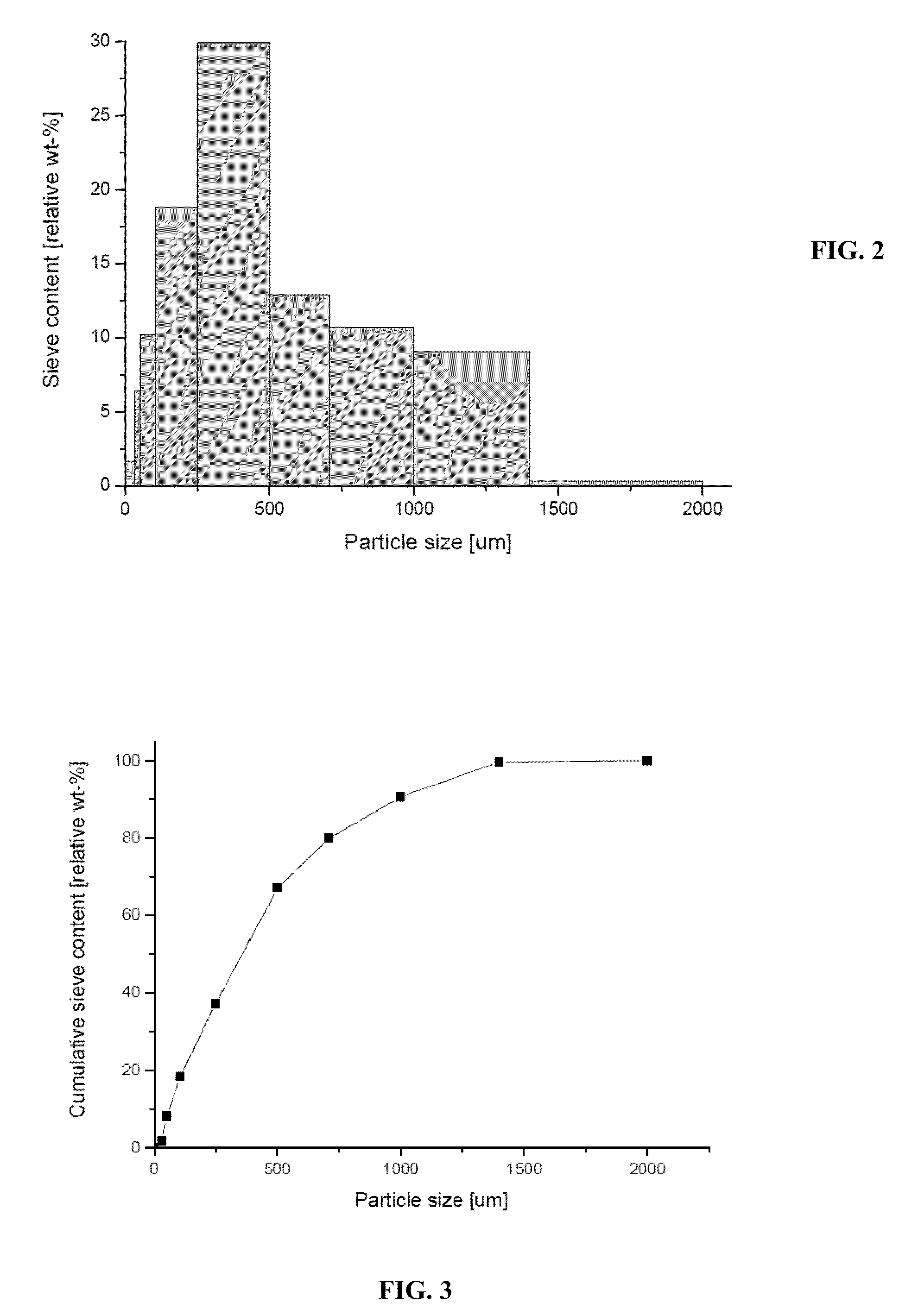Bone graft material and uses thereof
a bone graft and material technology, applied in the field of bone graft material, can solve the problems of difficult restoration, voids, gaps and other bone defects, difficult to meet patient comfort, etc., and achieve the effect of short setting time, short setting time and pliabl
- Summary
- Abstract
- Description
- Claims
- Application Information
AI Technical Summary
Benefits of technology
Problems solved by technology
Method used
Image
Examples
examples
[0321]Reference is now made to the following examples, which together with the above descriptions illustrate some embodiments of the invention in a non limiting fashion.
Materials and Experimental Methods
[0322]Calcium sulfate dihydrate (CSD) precipitated EMPROVE® Ph EUR, BP, E516 pharmaceutical grade powder was obtained from Merck Chemicals Ltd.
[0323]TRIHA+® (a bio-active tricalcic phosphate ceramics) was used as 100% Beta-TCP ceramics (β-TCP), provided by Teknimed, S.A.
[0324]Cerabone®, a hydroxylapatite ceramic made of purely inorganic granules was purchased from AAP.
[0325]Bio-Oss®, the mineral portion of bovine bone was purchased from Geistlich Biomaterials.
[0326]Purified water, Ph Eur (CAS 7732-18-5) was purchased from Fluka.
[0327]Table 1 presents the abbreviations of materials and formulations used in the experimental section presented herein.
[0328]
TABLE 1AbbreviationCompositionTrade NameCSH—Calcium sulfate hemihydrateCSD—Calcium sulfate dihydrateCSA—Calcium sulfate anhydrateβ-TC...
PUM
| Property | Measurement | Unit |
|---|---|---|
| resorption time | aaaaa | aaaaa |
| particle size | aaaaa | aaaaa |
| volume | aaaaa | aaaaa |
Abstract
Description
Claims
Application Information
 Login to View More
Login to View More - R&D
- Intellectual Property
- Life Sciences
- Materials
- Tech Scout
- Unparalleled Data Quality
- Higher Quality Content
- 60% Fewer Hallucinations
Browse by: Latest US Patents, China's latest patents, Technical Efficacy Thesaurus, Application Domain, Technology Topic, Popular Technical Reports.
© 2025 PatSnap. All rights reserved.Legal|Privacy policy|Modern Slavery Act Transparency Statement|Sitemap|About US| Contact US: help@patsnap.com



